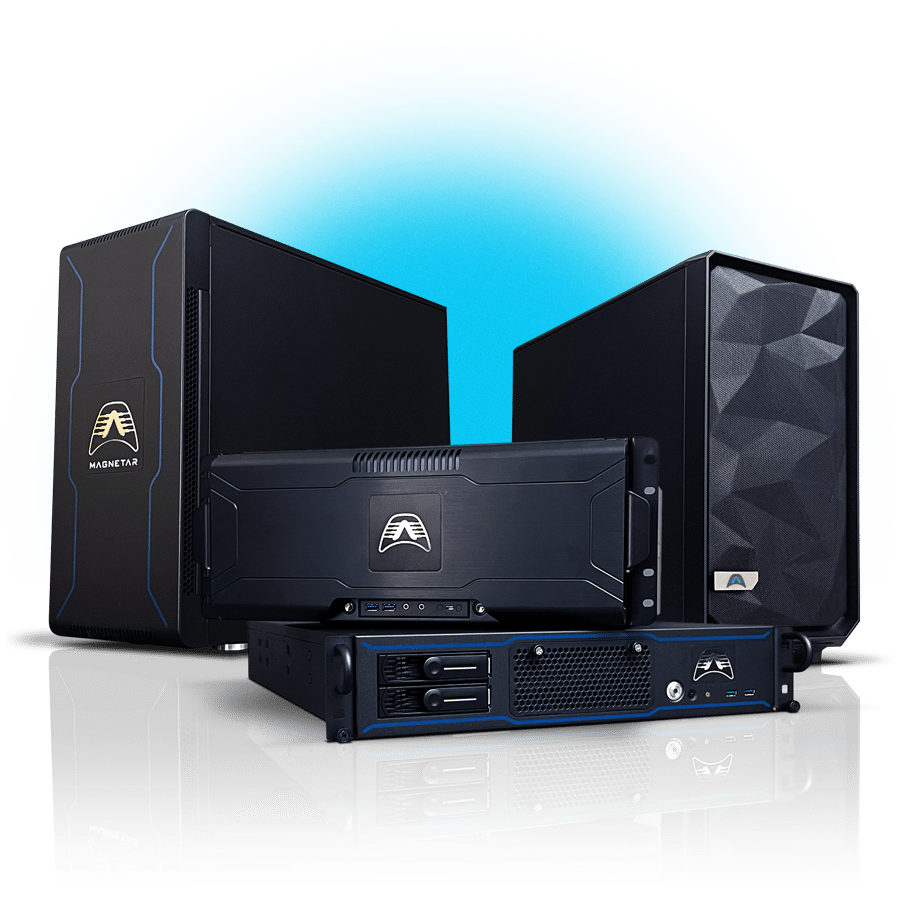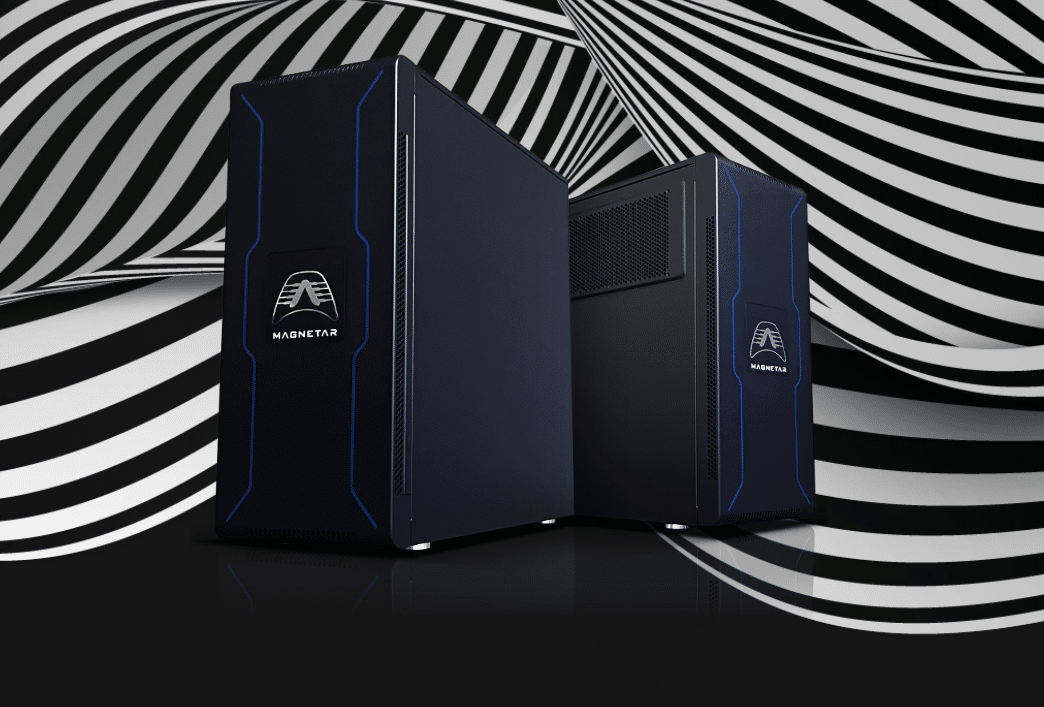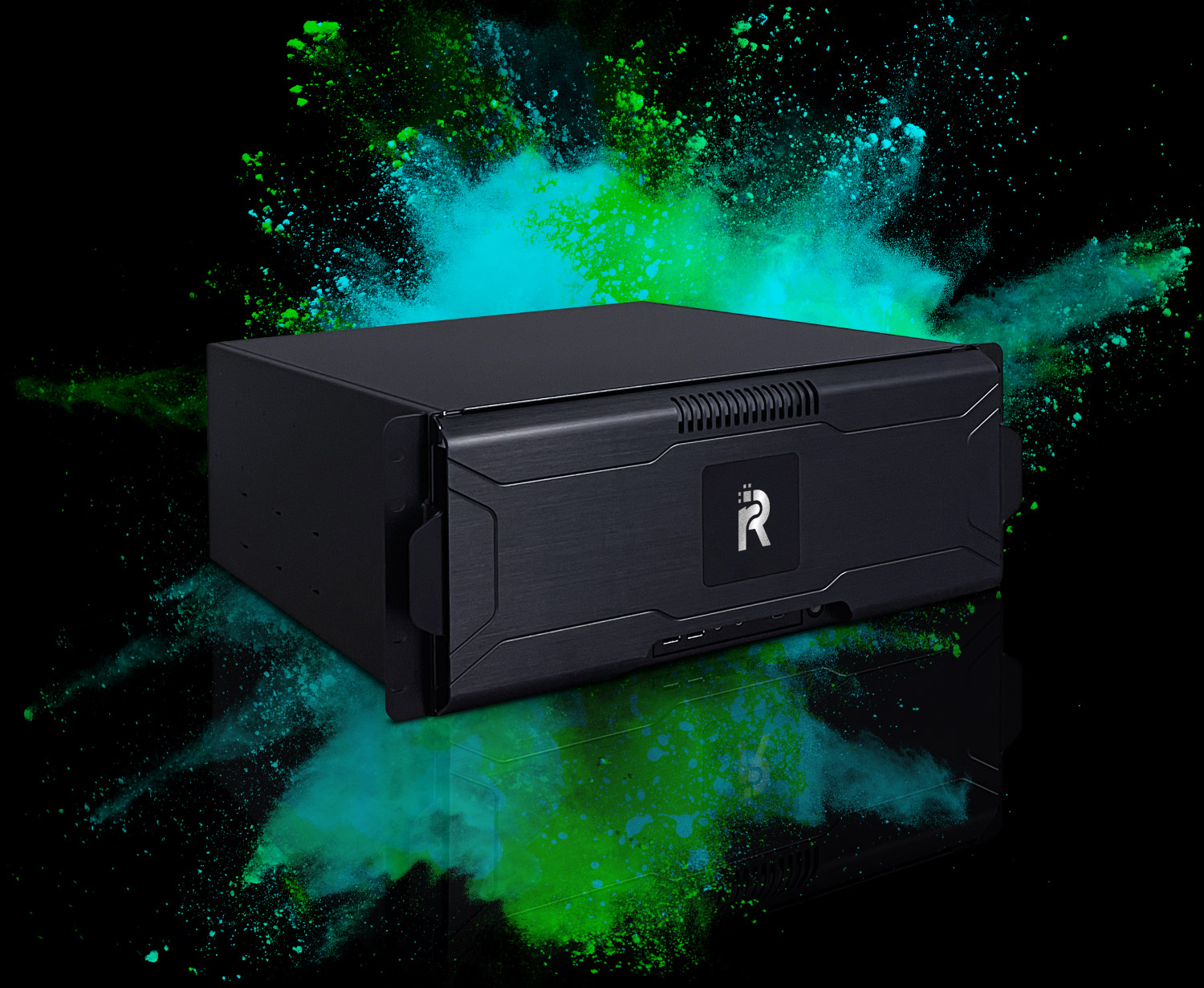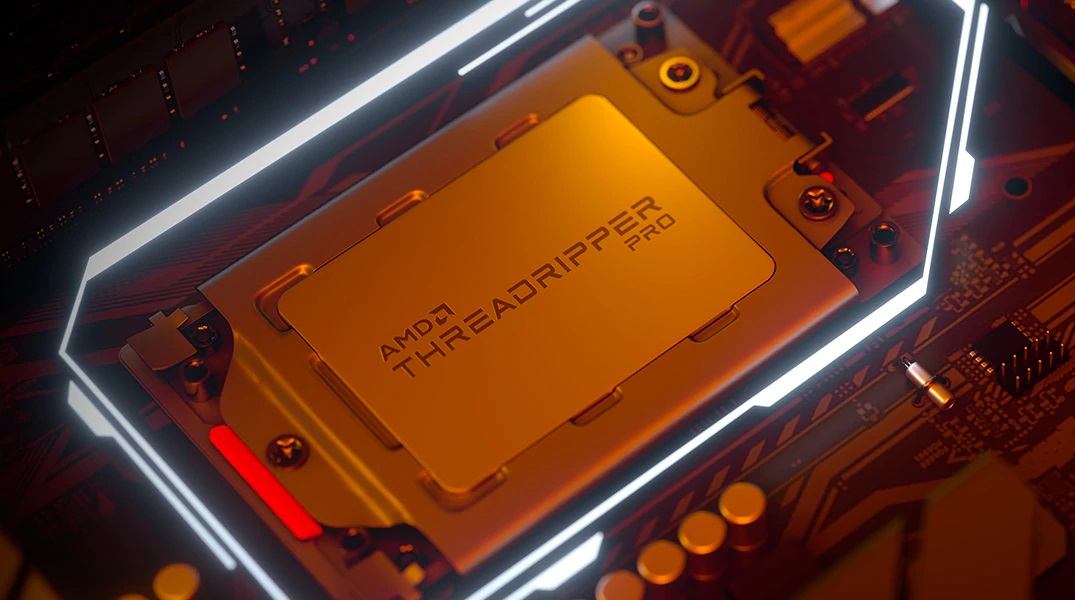Unmaintained workstations are potential time bombs that could cause serious interruptions in the running of a business. Data loss is one of the biggest issues relating to workstation and server use, costing organisations billions per anum, Sherweb dive into some eye-opening stats here around such incidents, while Webtribunal found that hardware failure accounts for up to 35% of data loss occurrences. Therefore it’s imperative that you maintain the health of your workstation to protect its performance and reduce any potential dangers.
We hope those stats didn’t give you too much of a scare, fear not – we’ve got you covered! In the following paragraphs, we will outline key tips for keeping your workstation in tip-top condition and provide sound advice to ensure its uninterrupted running.
Hardware Maintenance
Regular hardware maintenance is vital to ensure your workstation delivers top performance, neglecting this could result in dust and debris accumulation in its cooling system, leading to overheating and irreparable hardware damage. Don’t risk this happening; take control of its upkeep with these simple yet effective tips:
- When not in use, turn off and disconnect your workstation from its power source.
- Regularly clean away dust and debris using a soft bristled brush or compressed air can, focusing on targeting fans and other important components of the workstation. Once finished, give its exterior surface a thorough wipe-down using a microfiber cloth.
- Protect your workstation from physical damage with padding.
- Properly organize cables with cable ties in order to avoid clutter and potential hazards.
- When transporting or handling the workstation, avoid physical damage by carefully boxing/protecting the unit.
- Be careful not to drop the workstation, or expose it to extreme temperatures – particularly heat and humidity.
To keep your workstation in fine fettle, plan to perform regular cleaning sessions, every six months or less is usually sufficient. If there are signs of overheating or unusual noise levels then take this as a sign that it may require a deep clean.
Software Maintenance
Maintaining optimal workstation performance involves keeping software updated and optimised. Outdated or neglected programs may pose security threats and reduce performance, while extra programs or data could potentially slow your workstation down further. Here’s how to keep your software running smoothly:
Stay up-to-date: Keep an eye out for software update notifications or manually check in the settings or preferences menu to detect updates and install them as soon as they become available to ensure your system runs at peak efficiency.
Optimize Software and OS: Take steps to optimise performance by eliminating any extraneous programs, data, or cache which is slowing down your system. Furthermore, disable non-essential startup programs in order to speed up startup and running speeds.
Monitor Workstation Performance: Keep a close eye on performance by using a task manager or other analytical software tools. This will enable you to identify and resolve any software issues impacting productivity. You can also use HWMonitor to check your system is not overheating due to the your workstation’s capacity being overloaded.
Monitoring Network Activity
: Software can lead to a potential back door into your system for hackers or malware. Run system reports to check for abnormal data activity that could signal a security breach. Spotting any unusual or suspicious behaviour early will allow you to take measures against theft of information, or data-loss relating to malware, and help maintain optimal working conditions on your workstation.
Properly Shut Down Your Workstation
Shutting off a workstation correctly is crucial for protecting against hardware, software, and data damage or loss. Save all work, close all programs before unplugging it from power sources – then unplug from power sources as soon as your system has switched itself off completely!
Backing Up Data
Protecting data against loss is vitally important. There are various techniques for backing up, with multiple options for data backup:
External hard drives: An external hard drive provides a safe solution for backing up data in an out-of-the-way location, with cloud services like Google Drive or Dropbox offering additional cloud options. Network-attached storage (NAS) devices offer you easy backup solutions within local networks for reliable protection, making sure all information remains accessible even if some is lost due to data loss scenarios. It is recommended to back up frequently, ideally daily.
Cybersecurity Measures
Protecting your workstation against malware and security threats is of utmost importance in order to safeguard sensitive data, prevent significant system damage, and maintain optimal functioning of your system. Here are some powerful measures that will improve cybersecurity:
Install robust antivirus software
Safeguard your workstation with powerful antivirus software that can detect and block different security threats like trojans, viruses, spyware, and ransomware. Select a trusted and reputable antivirus program and regularly update it.
Use complex passwords
Use strong, unique passwords with a combination of upper and lowercase letters, numbers, and symbols. Avoid using the same password for multiple accounts, and change your passwords frequently.
Activate firewalls
Firewalls provide a vital protective layer between your workstation and the internet, screening incoming and outgoing traffic to prevent unauthorised access. You should keep your firewall enabled and updated to keep your system safe from potential threats.
Be vigilant with downloads
Download files and attachments only from reliable sources, and always scan them before or at worst, immediately after downloading. Organise your download folder to avoid clutter and delete unnecessary files regularly.
Troubleshoot Common Workstation Issues
Troubleshooting issues like poor connectivity or performance lags can sometimes be tricky, you can try everything and be banging your head against the proverbial brick wall. Getting you back to your work as quickly and uninterrupted as possible is a priority – and always bare in mind that professional assistance may be sought if required! You may require contacting the support team of your software, operating system or network provider. Remember, you can always contact the Armari team if you require advice around optimal running of your workstation.
Conclusion
Proper workstation maintenance is crucial to avoid costly hardware damage, data loss, and security breaches and to maintain optimal performance. By implementing the straightforward tips discussed in this article, such as cleaning your hardware and implementing cybersecurity measures, you can take control of your workstation’s longevity and productivity, maximising your investment in an Armari workstation.
For the best workstation options, view the Armari range, the number one choice of professionals.




